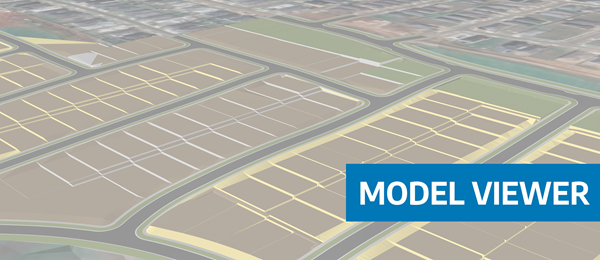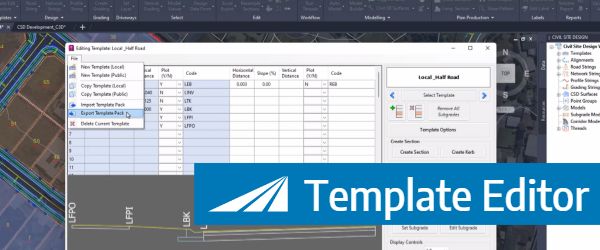CAD program getting sluggish?
We have all experienced that file (and it is always when the almost impossible deadline is approaching) causing no end of issues for a user. The software crashes, it freezes or processes slowly. AutoCAD and BricsCAD have complimentary tools to deal with file issues and this document will outline some quick and effective tools you, as a user, can use to resolve many of these issues.
Slow performance in your CAD system is often caused by file, hardware or system problems and can result in:
- Commands that are slow to respond.
- Mouse movements that are slow / jerky.
- Drawings that open slowly.
- Unexpected program pauses / freezes.
- Display/Regen problems.
- Drawing elements going missing or shown incorrectly.
Issues may be noted in a particular file, or across multiple/all files.
- If you are finding issues with a particular file, please refer to the Troubleshooting File Issues section of this document for troubleshooting.
- If you are having issues with the performance of multiple files or general CAD application reliability please refer the Troubleshooting Hardware / System Issues section of this document for troubleshooting.
Troubleshooting Hardware/Systems Issues:
- Firstly, verify that the minimum hardware installed on your pc meet the requirements of the CAD product/s installed on your pc. Please refer to the following links to determine your system requirements:
- Check and install available Windows updates.
- Check the video card manufacturer’s site for any update drivers for your graphics card and install/update if required.
- Check for any updates to your installed CAD platform:
- AutoCAD / Civil 3D – check the Autodesk Desktop app or Autodesk Access
- BricsCAD – check for any dot release updates
Troubleshooting File Isssues:
Use the following utilities to remove unused geometry and correct drawing database errors:
- AUDIT – Evaluates the integrity of a drawing and corrects some errors.
- RECOVER – Repairs and then opens a damaged drawing file.
- PURGE – Removes unused items, such as block definitions and layers, from the drawing.
- -PURGE > RegApps – Removes Unused Registered Applications from the drawing (available from the command line only).
Running an AUDIT:
- Open the drawing file.
- Audit and fix any errors:
- Type AUDIT on the command line.
- YES to fix any errors, then press Enter.
Using Drawing RECOVER:
- Close the drawing file.
- Recover and fix any errors:
- Type Recover on the command line.
- In the Select File dialog, select the problematic file.
- Once error-checking is complete the drawing will open.
Note: When working with a drawing file with referenced files, use the RECOVERALL command to error check the attached references.
Using PURGE
- Remove unused named objects from the drawing:
- Type PURGE on the command line.
- Enable all checkboxes checked on.
- Click Purge All
- Purge Registered Applications (from the command line):
- Type –PURGE
- R for Regapps (registered applications), then press Enter.
- * (the asterisk equates to All), then press Enter.
- NO asked to verify each name to be purged, then Enter.
- Save the drawing.
Addressing issues with the Drawing Database
- Open the drawing file.
- Wblock the entire drawing (Export the entire drawing to file):
- Type WBLOCK on the command line.
- Click on Entire Drawing.
- Set the Insert Units if necessary (the default set in the drawing will be the default)
- Set the Destination File (this is the name of the file to be created – ensure this file name is different to your current drawing name).
- Click on OK to create the new file.
This method will recreate all the model data in a new drawing file.
Conclusion:
It is recommended that Windows and video drivers are checked for updates on a regular basis and installed when available.
When running Autodesk products ensure that any updates referring to licensing in the Autodesk Desktop App or Autodesk Access are installed.
With the release of V24 has come a number of new and improved features. Join us as we explore the major functionality update, Toolspace, which has been developed to enhance the user experience for operators at all levels.
With the release of V24 has come a number of new and improved features. Join us as we go through the new additions to Stringer and how they can help you streamline and improve your workflow.
Viewing height or terrain data on your Civil Site Design & Civil 3D surfaces, is now possible with the new Surface Analysis in Model Viewer.
In Civil Site Design V24, users can now save templates as packed (zipped) files, making them portable for sharing with teams and projects.





